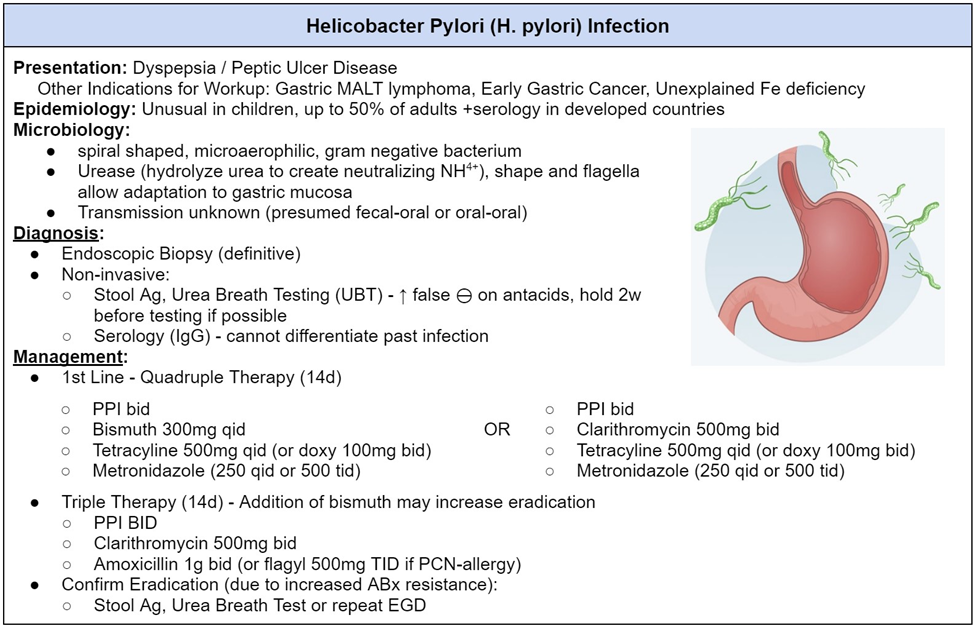An older patient exhibits a shuffling gait, lack of facial expression, and tremors at rest. The nurse will expect the provider to order which medication for this patient?
Carbidopa-levodopa
Donepezil
Rivastigmine
Tacrine
The Correct Answer is A
A. Carbidopa-levodopa
The symptoms described, including a shuffling gait, lack of facial expression, and tremors at rest, are characteristic of Parkinson's disease. Carbidopa-levodopa is a common medication used in the management of Parkinson's disease.
B. Donepezil
Donepezil is used in the treatment of Alzheimer's disease, a condition characterized by cognitive decline and memory impairment. It is not indicated for Parkinson's disease.
C. Rivastigmine
Rivastigmine is another medication used in the treatment of Alzheimer's disease, and it is also used in Parkinson's disease dementia. However, it is not the primary medication for the motor symptoms of Parkinson's disease.
D. Tacrine
Tacrine was once used in the treatment of Alzheimer's disease, but it is no longer commonly prescribed due to safety concerns and the availability of newer, safer medications. It is not indicated for Parkinson's disease.

Nursing Test Bank
Naxlex Comprehensive Predictor Exams
Related Questions
Correct Answer is C
Explanation
A. Blood cultures will need to be drawn.
Blood cultures are not typically used for diagnosing H. pylori infection. Instead, specific blood tests, such as serology or antibody tests, may be employed to detect antibodies against H. pylori.
B. A biopsy of the stomach will be done.
While a biopsy may be taken during an upper endoscopy to examine the stomach lining for ulcers and H. pylori infection, it is not the primary method for detecting the presence of H. pylori. The biopsy may be used for confirming the infection and assessing the severity of damage.
C. A breath test will be performed.
This is the correct choice. The breath test is a common and non-invasive method used to detect the presence of H. pylori. The patient drinks a solution containing a substance that H. pylori can break down, and the detection of carbon dioxide in the patient's breath indicates the presence of the bacteria.
D. Computerized scanning will identify if H. pylori is present.
Computerized scanning, such as computed tomography (CT) scans, is not a primary method for detecting H. pylori. Imaging studies are not typically used for H. pylori diagnosis, and the methods mentioned earlier, like breath tests and endoscopy, are more commonly employed.

Correct Answer is ["A","B","E"]
Explanation
A. Avoiding hot, spicy foods
Spicy foods can increase the production of stomach acid and may irritate the esophagus, worsening GERD symptoms. Avoiding hot and spicy foods is a dietary measure to minimize the risk of symptom exacerbation.
B. Avoiding tobacco products
Tobacco use is a known risk factor for GERD. Smoking can relax the lower esophageal sphincter (LES), allowing stomach acid to flow back into the esophagus. Advising the patient to quit or avoid tobacco products can contribute to symptom management.
C. Drinking a glass of red wine with dinner
While red wine may have some potential benefits, alcohol, in general, can relax the LES, leading to increased reflux. Therefore, drinking red wine with dinner may not be recommended for someone experiencing GERD symptoms.
D. Eating a snack before bedtime
Eating close to bedtime can increase the likelihood of GERD symptoms, as lying down may allow stomach acid to flow back into the esophagus. The nurse may advise against eating a snack right before bedtime to minimize nighttime reflux.
E. Using a small pillow for sleeping
Elevating the head and upper body during sleep can help prevent stomach acid from flowing into the esophagus. Using a small pillow for sleeping is a measure to reduce nighttime reflux and alleviate GERD symptoms.
Whether you are a student looking to ace your exams or a practicing nurse seeking to enhance your expertise , our nursing education contents will empower you with the confidence and competence to make a difference in the lives of patients and become a respected leader in the healthcare field.
Visit Naxlex, invest in your future and unlock endless possibilities with our unparalleled nursing education contents today
Report Wrong Answer on the Current Question
Do you disagree with the answer? If yes, what is your expected answer? Explain.
Kindly be descriptive with the issue you are facing.
